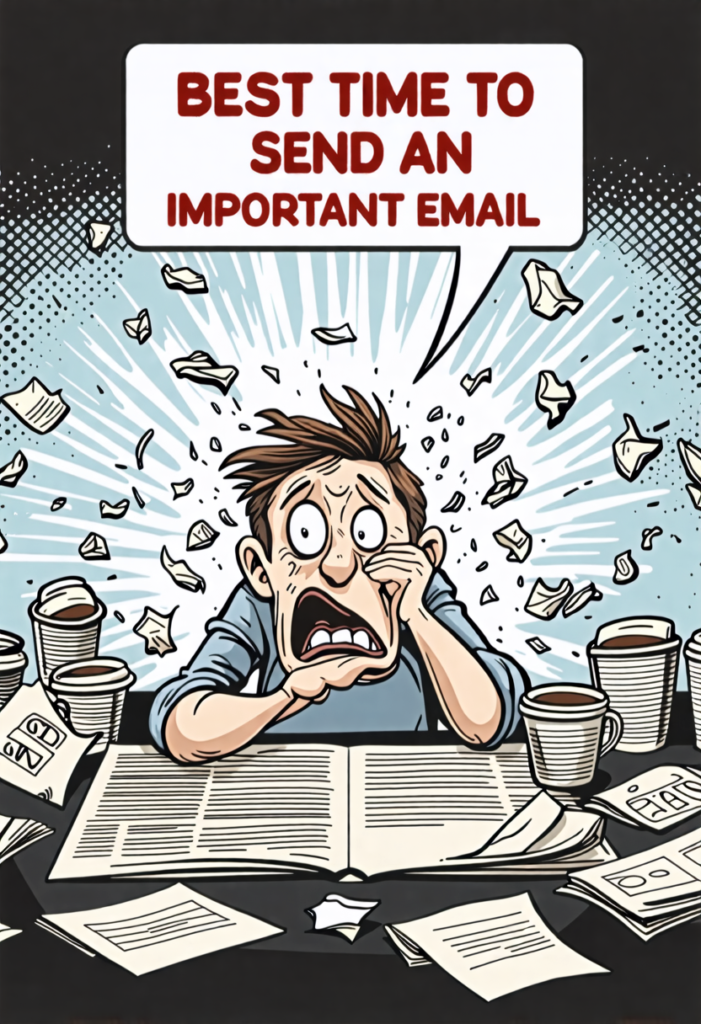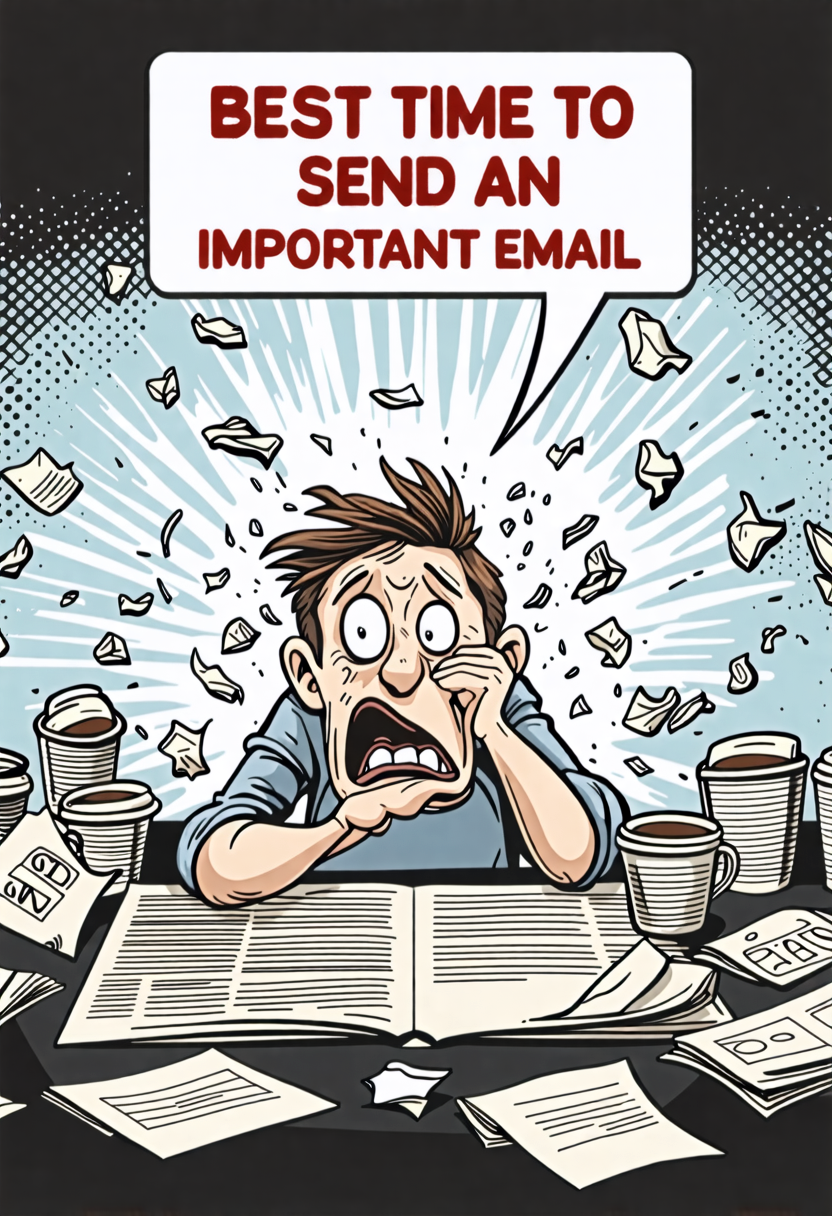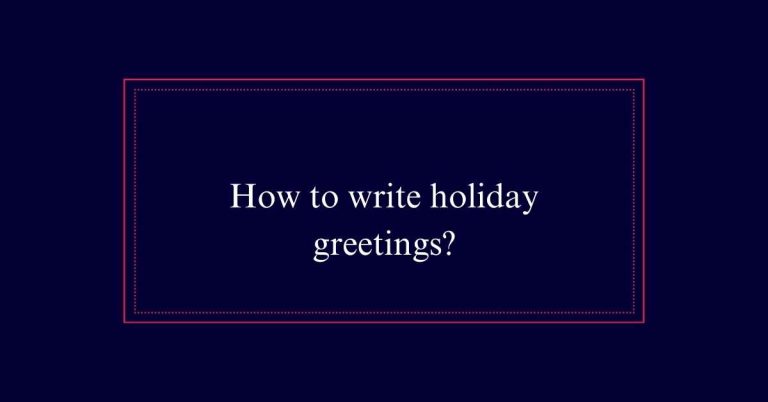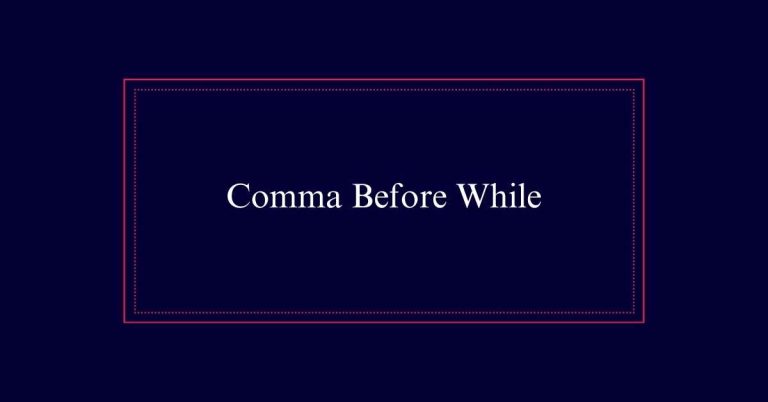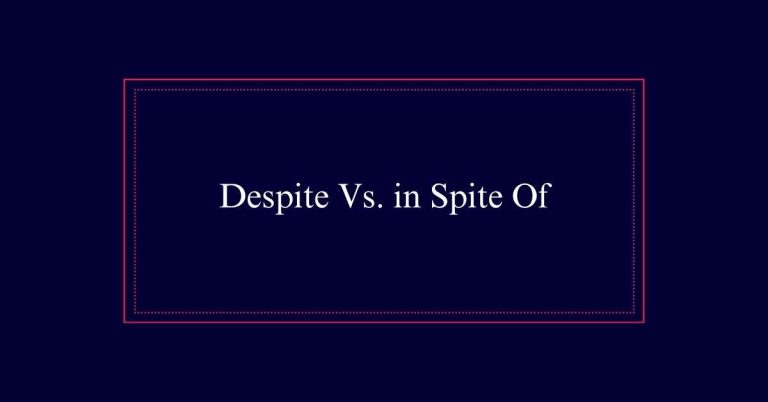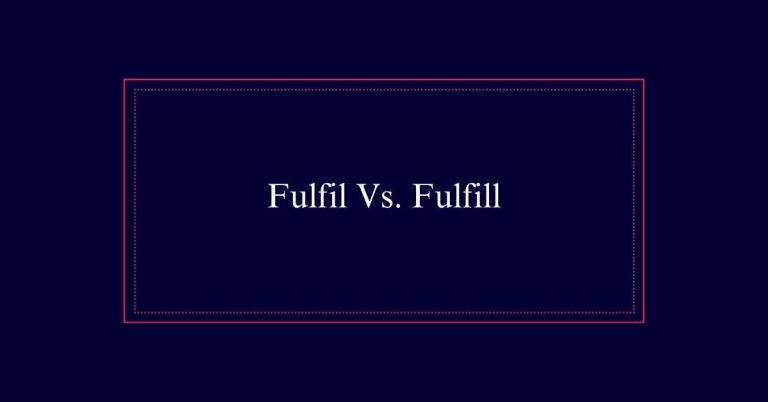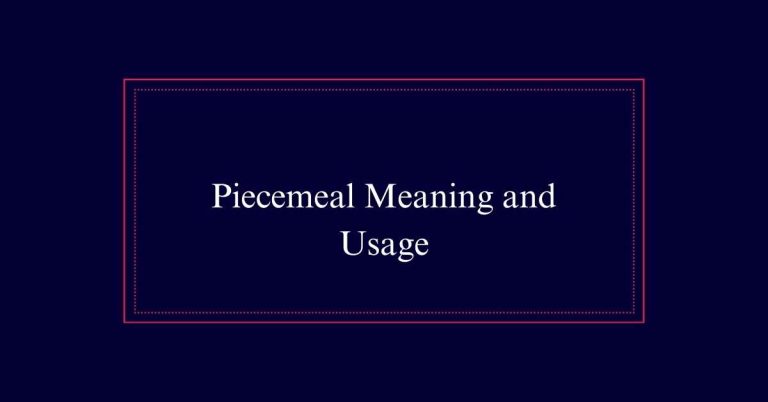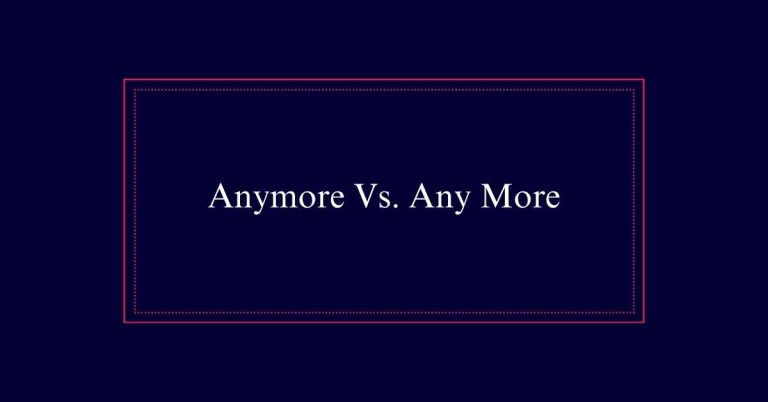When is the best time to send an email?
Tuesday is typically the best day to send a crucial email, then Thursday and Wednesday. For higher open rates, schedule emails around 10 a.m. when recipients are attentive and less inundated with messages. Evening emails between 8 p.m. and midnight also perform well due to reduced competition. Weekends, particularly Sunday, offer a unique advantage with higher open rates as recipients have more leisure time to review messages.
Best Days to Send Emails
According to extensive research, Tuesday is the best day to send emails for the highest open rates. CoSchedule compiled data from ten studies, including sources like MailChimp, CampaignMonitor, and HubSpot. This thorough analysis showed that Tuesday consistently outperformed other days.
Thursday is the second-best day for email engagement, followed closely by Wednesday. These mid-week days are ideal due to higher user activity and less inbox clutter.
Surprisingly, weekends also present a unique opportunity. Open rates can be higher on Saturday and Sunday because fewer emails are sent. This reduced competition makes it easier for your message to stand out.
For maximum impact, prioritize sending emails on Tuesdays, Thursdays, and Wednesdays, but don’t overlook weekends.
Optimal Morning Email Times
Research indicates that 10 a.m. is the best time to send emails for maximum engagement. Studies show that recipients are more likely to open and respond to emails sent during this mid-morning period. This time slot is ideal because it aligns well with the start of the workday, but allows enough time for people to settle into their routines.
Here are some key reasons why 10 a.m. is advantageous:
- Peak attention levels: Most people are alert and focused.
- Inbox management: Early emails have been processed, so yours stands out.
- Decision-making time: Recipients often make decisions in the morning.
- Reduced competition: Fewer emails are sent compared to other peak times.
Effective Evening Email Times
Sending emails between 8 p.m. and midnight can be highly important for engaging recipients. During this period, many people wind down from their day and check their personal devices. This time slot has fewer competing emails, increasing the likelihood of your message being noticed.
Research indicates that emails sent in the evening have a higher open rate compared to other times of the day. It is vital, however, to take into account your audience’s habits and time zones when scheduling these emails. While the evening can be a good time, make sure your content is concise and relevant.
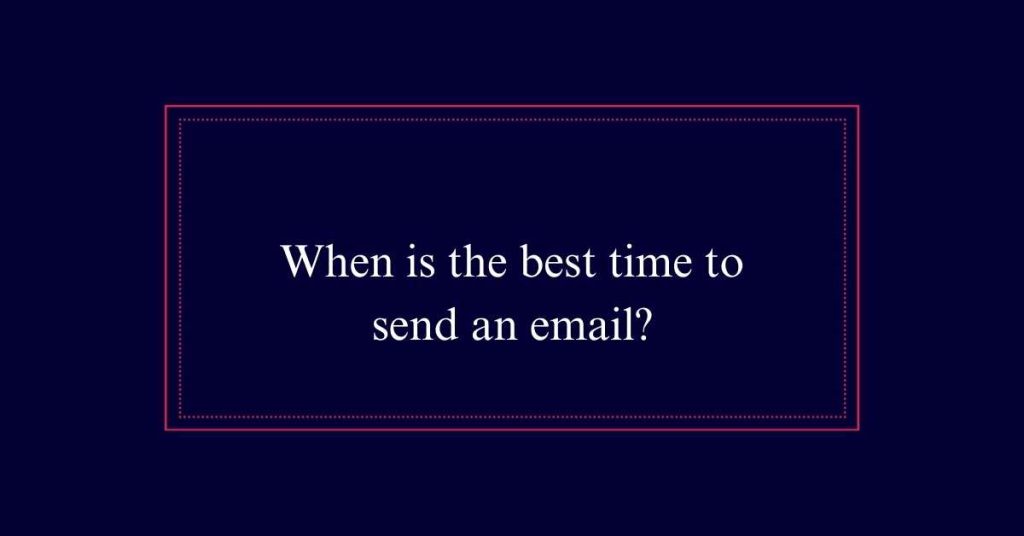
Midday Email Strategies
Midday email strategies focus on leveraging peak times like 10 a.m. and 2 p.m. to maximize engagement. These times align well with natural work breaks and peak productivity periods.
To optimize your midday email strategy, consider the following:
- Schedule for Peak Times: Aim to send emails around 10 a.m. and 2 p.m. when recipients are most likely to check their inboxes.
- Segment Your Audience: Tailor content to specific audience segments to increase relevance and engagement.
- Use Clear Subject Lines: Make sure subject lines are concise and compelling to capture attention quickly.
- Monitor and Adjust: Track open rates and engagement metrics, and adjust your strategy based on performance data.
Weekend Email Benefits
While midday strategies target peak productivity, weekends offer unique advantages for email engagement. Fewer emails are sent on weekends, leading to higher open rates. This reduced competition means your email is more likely to stand out. Additionally, recipients have more leisure time to read and respond to emails.
Here’s a quick overview of weekend email benefits:
| Benefit | Description | Impact |
|---|---|---|
| Higher Open Rates | Fewer emails sent | Increased visibility |
| Less Competition | Less crowded inboxes | Higher engagement |
| More Leisure Time | Recipients are more relaxed | Better response rates |
| Flexible Timing | Emails can be sent anytime | Easier scheduling |
These benefits make weekends an excellent choice for sending important emails. By leveraging these advantages, you can enhance your email marketing strategy effectively.
Grammarly’s Writing Insights
Grammarly’s analysis reveals that the best time to write emails is between 4 a.m. and 8 a.m., when writers make fewer mistakes. This early morning window sees an average of 11.8 mistakes per 100 words, compared to 14.3 mistakes for night owls writing between 10 p.m. and 2 a.m.
Here are some key insights:
- Early Mornings: Writing between 4 a.m. and 8 a.m. results in fewer errors.
- Late Nights: Writing between 10 p.m. and 2 a.m. leads to more mistakes.
- Error Rates: Early morning writers average 11.8 mistakes per 100 words.
- Grammar Help: Late-night writers should use grammar checking tools.
Audience Considerations
Understanding when to write emails effectively leads us to contemplate the importance of timing based on the audience’s lifestyle and work habits. Knowing your audience is essential. Consider their work schedules and routines.
For example, professionals may check emails first thing in the morning or just before leaving work. Tailoring your email timing to fit their habits increases the chance of your email being noticed.
Additionally, consider time zones if your audience is global. An email sent at 10 a.m. in New York might reach someone in London at 3 p.m., a productive time.
Strategic Timing Tips
Strategic timing involves sending emails at moments when they are most likely to be opened and read. Here are some tips to enhance your email strategy:
- Send on Best Days: Research indicates that Tuesday, Thursday, and Wednesday are the top days for high open rates.
- Choose the Right Time: 10 a.m. is the ideal time for sending emails, followed by 8 p.m. to midnight, 6 a.m., and 11 a.m.
- Consider Time Zones: Always factor in the time zones of your audience to maximize relevance and engagement.
- Weekend Opportunities: Although weekdays are preferred, weekends can also be effective, especially for marketing emails, due to reduced email traffic.
Frequently Asked Questions
How Do Holidays Impact Email Open Rates?
Holidays greatly impact email open rates. During holidays, people often have different routines and may not check emails regularly. This can lead to lower open rates. Strategic timing and understanding audience behavior during holidays are essential.
What Are the Best Practices for Email Subject Lines?
The best practices for email subject lines include keeping them short, clear, and engaging. Use action verbs, personalize when possible, and avoid spammy words. Testing different subject lines can also help determine what resonates with your audience.
How Does Email Frequency Affect Engagement Rates?
Email frequency plays a pivotal role in engagement rates. Sending emails too often can overwhelm recipients, leading to higher unsubscribe rates. Conversely, infrequent emails may result in decreased brand recall and engagement. Striking a balance is essential for success.
